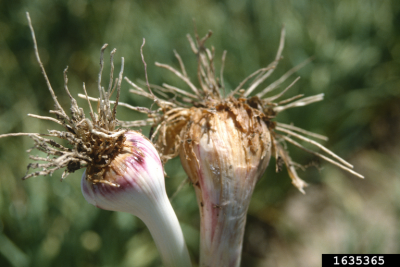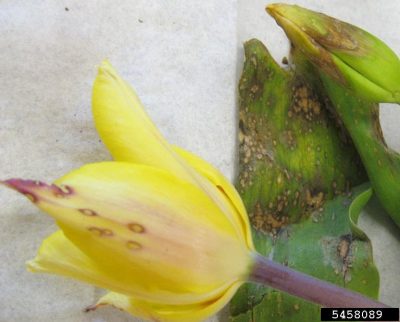By Marie Woodward, UConn Home & Garden Education Center
Boxwood, a classic choice for formal gardens and hedges, has faced increasing threats in recent years. As gardeners grapple with these challenges, it is crucial to understand the issues at hand and explore alternative plants for our landscapes.
Boxwood Blight is an aggressive fungal disease that affects various Boxwood species and causes rapid defoliation and potential plant death. First identified in the United Kingdom in the mid-1990s, this disease has since spread across North America. Early symptoms include stem cankers, sunken lesions, and eventual dieback. To mitigate the risk of Boxwood Blight, choose resistant cultivars, practice good garden hygiene, and monitor your plants for early signs of infection.
The Box Tree Moth is an invasive pest native to Asia that feeds on Boxwood plants. Since its arrival in North America, this moth has wreaked havoc on Boxwood populations, leading to defoliation and plant stress. Symptoms of infestation include see-through plants, "stick shrubs," and stem cankers. Regular monitoring and integrated pest management strategies are essential for controlling this destructive insect.
As Boxwood plants continue to face challenges from pests and diseases, it is wise to consider alternative options for our gardens. Ilex crenata (Japanese Holly) is a versatile, broadleaf evergreen that can be shaped into hedges or topiaries. Its small, glossy leaves provide a neat appearance, and its adaptability to various soil types and sun exposure makes it a low-maintenance choice.

Euonymus japonicus (Japanese Euonymus), an evergreen shrub with small, glossy leaves and tolerance for a range of growing conditions is another possible substitution. Its compact growth habit and easy maintenance make it an excellent choice for hedges or screens.
Ilex glabra (Inkberry), is a slow-growing evergreen native to North America, featuring dark green leaves and red berries in the fall. Its low, spreading habit makes it ideal for low hedges or mass plantings.
Privets (Ligustrum), are fast-growing, low-maintenance evergreen shrubs with small, glossy leaves. They can be used for hedges, screens, or as stand-alone specimens. However, keep in mind that three cultivars, border privet, (Ligustrum obtusifolium Sieb. & Zucc), California privet, (Ligustrum ovalifolium Hassk.) and European privet (Ligustrum vulgare L.) are listed on UConn’s invasive plant database. If you decide to plant privets, look for seedless cultivars such as Golden Ticket privet (Ligustrum x vicaryi "KCLX1") at your local nursery.
The Boxwood Blight and Box Tree Moth present ongoing challenges for gardeners and landscapers. By understanding these threats and adopting appropriate management strategies, we can mitigate the damage they cause. Additionally, exploring alternative plants can help create more resilient and sustainable gardens in the face of these challenges. With careful planning and thoughtful plant selection, our landscapes can continue to thrive in the face of adversity.
The UConn Home & Garden Education Center supports UConn Extension’s mission by providing answers you can trust with research-based information and resources. For questions about your boxwoods or other gardening questions, contact us toll-free at (877) 486-6271, visit our website at homegarden.cahnr.uconn.edu, or reach out to your local UConn Extension center at cahnr.uconn.edu/extension/locations.
This article was published in the Hartford Courant Feb. 22, 2025
It was been updated from its original publishing on Feb. 27, 2025

